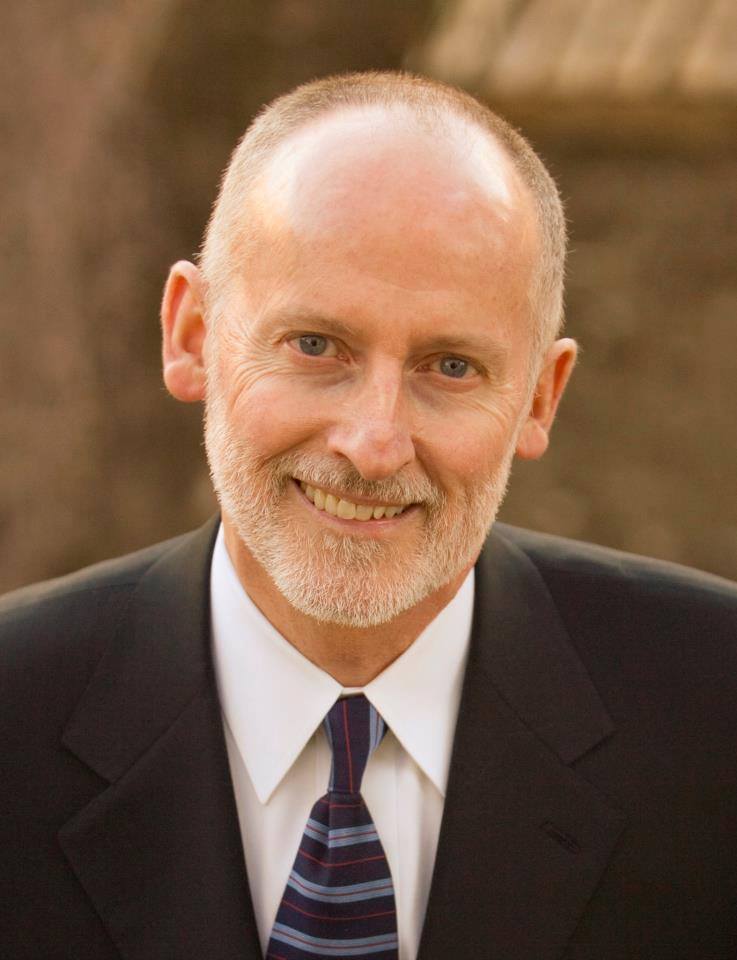Article Note: The Urbanist is publishing a series of interviews with a selection of 2015 Seattle City Council candidates. In June, we will release our endorsements.
Tim Burgess is running for a third term on the Council in Position 8, an at-large seat. Currently serving at the Council President, he says he’s motivated to do things that change people’s live and has the track record to show it, including the recent voter-approved pre-k measure and a residential safe haven ordinance for young girls forced into prostitution. A bit of a wonk, he likes finding issues, listening to experts, researching, and finding solutions. With at least a third of the Council turning over, he wants to be a “steady hand” going forward.
What would you do to make housing affordable to everyone in Seattle?
First and foremost, we need to produce more units—but the market alone won’t ensure enough affordable housing. State and federal programs largely cover low-income housing, so he believes we should concentrate on providing workforce housing at 30-60% area median income (AMI). To do this, he believes the City needs to give private developers a “nudge” with policies like the linkage fee that office helped kick off. He also believes we can’t put undue restrictions on different types of housing, freeing the market to provide alternatives.

How does planning, transit policy, and development affect racial, social and economic inequalities in our city? What policies and efforts can we make to combat these inequalities?
Burgess believes these policies have huge impacts on inequalities. He pointed to light rail running through Rainier Valley. The City only recently up-zoned areas around the stations, which he believes should have been done when the stations were first built so neighborhoods could take advantage of the density and growth. Similarly in Ballard, we didn’t invest in transit to match aggressive rates of growth. Infrastructure needs to keep up with growth in order to serve our neighborhoods.
He also talked about the importance of place in fostering safety and economic security. Since crime is concentrated and largely rooted in specific areas, he believes children need opportunity to move to a better neighborhood to succeed.
Seattle’s Vision Zero plan aims to eliminate traffic deaths and serious injuries by 2030. Do you think that this target is achievable? Why or why not?
Vision Zero is achievable by 2030, if not sooner. Deaths are almost always preventable with better design of our transportation corridors and strong enforcement of traffic laws. He believes that Seattle has historically enjoyed low collision rates because of our enforcement against jaywalking and crossing against the light. Enforcement creates a norm of behavior. Matched with marketing and public information campaigns, we can achieve Vision Zero.
How best should the city accommodate the next 20 years of growth?
Burgess framed himself as an advocate for greater density. He talked about fighting for the up-zone in Roosevelt and how we could have done better with South Lake Union. He said height isn’t an issue for him—he’s been to cities around the world and seen how successful they can be with tall buildings.
The bottom 30-40 feet of a building remain the most important in creating inviting, safe pedestrian environments. The City will need to use its tools to flatten economic disparities; a good city can’t be made up of the very poor and very wealthy. He wants more development around high-frequency transit, more ADUs across the city, and believes we have an opportunity for redevelopment around Aurora to 145th.
What is the most important transportation project in your district?
He’s excited about the increase in Metro service beginning in June, and is looking towards finishing SR 520, the Viaduct replacement, and Mayor Murray’s Move Seattle levy. He isn’t concerned about the cost of Move Seattle, but he wants to look into revenue sources beyond the property tax.
He mentioned bringing back a remodeled employee head tax—a policy that he repealed during the recession. He believes the tax never actually incentivized employees to take modes outside of their own vehicles, since employees rarely even knew about the tax. If brought back, it should function as a congestion fee, taking into consideration job location and the congestion levels in that area.
Read our interview with another District 8 candidate, Jon Grant.

Ben Crowther
Ben is a Seattle area native, living with his husband downtown since 2013. He started in queer grassroots organizing in 2009 and quickly developed a love for all things political and wonky. When he’s not reading news articles, he can be found excitedly pointing out new buses or prime plots for redevelopment to his uninterested friends who really just want to get to dinner. Ben served as The Urbanist's Policy and Legislative Affairs Director from 2015 to 2018 and primarily writes about political issues.

